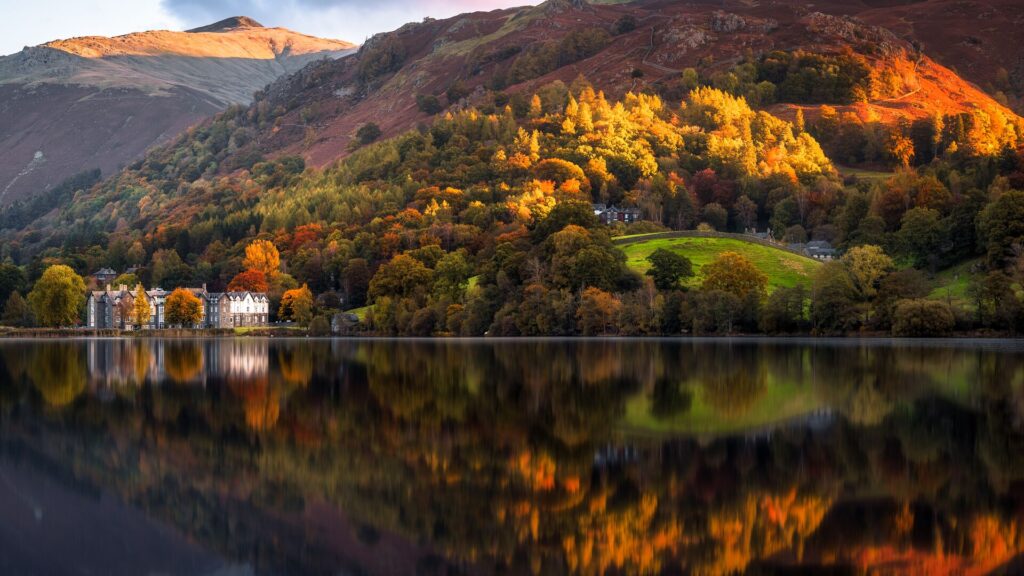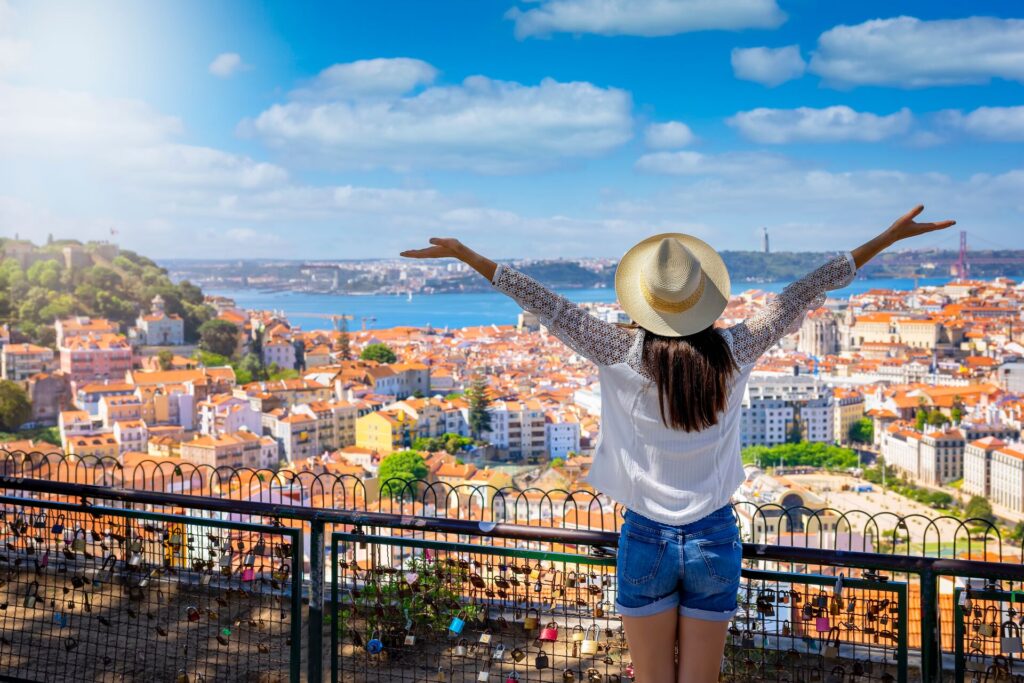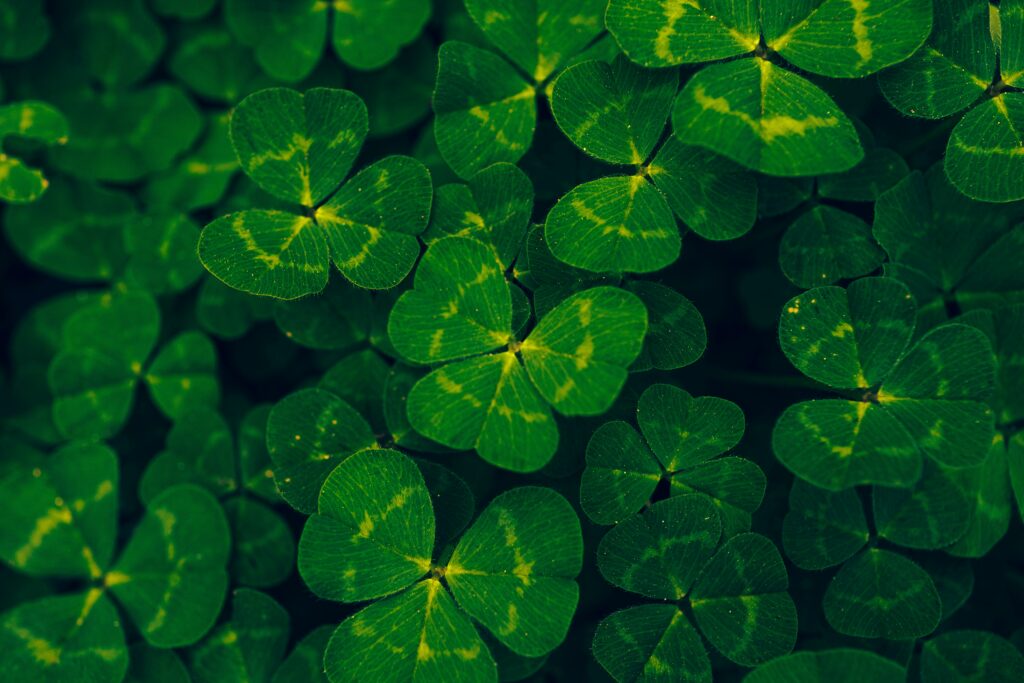When it comes to Scottish mythology, it’s hard to know what’s real and what has merely been spun from campfire tales of long ago. Here, we unpick the origins of 7 of Scotland’s most well-known myths and mythological creatures, so on your next visit to the country, you can surprise a local or two with your knowledge.
Fall in love with all of Scotland’s myths and legends on the Romantic Britain & Ireland tour through Insight Vacations.
The Unicorn
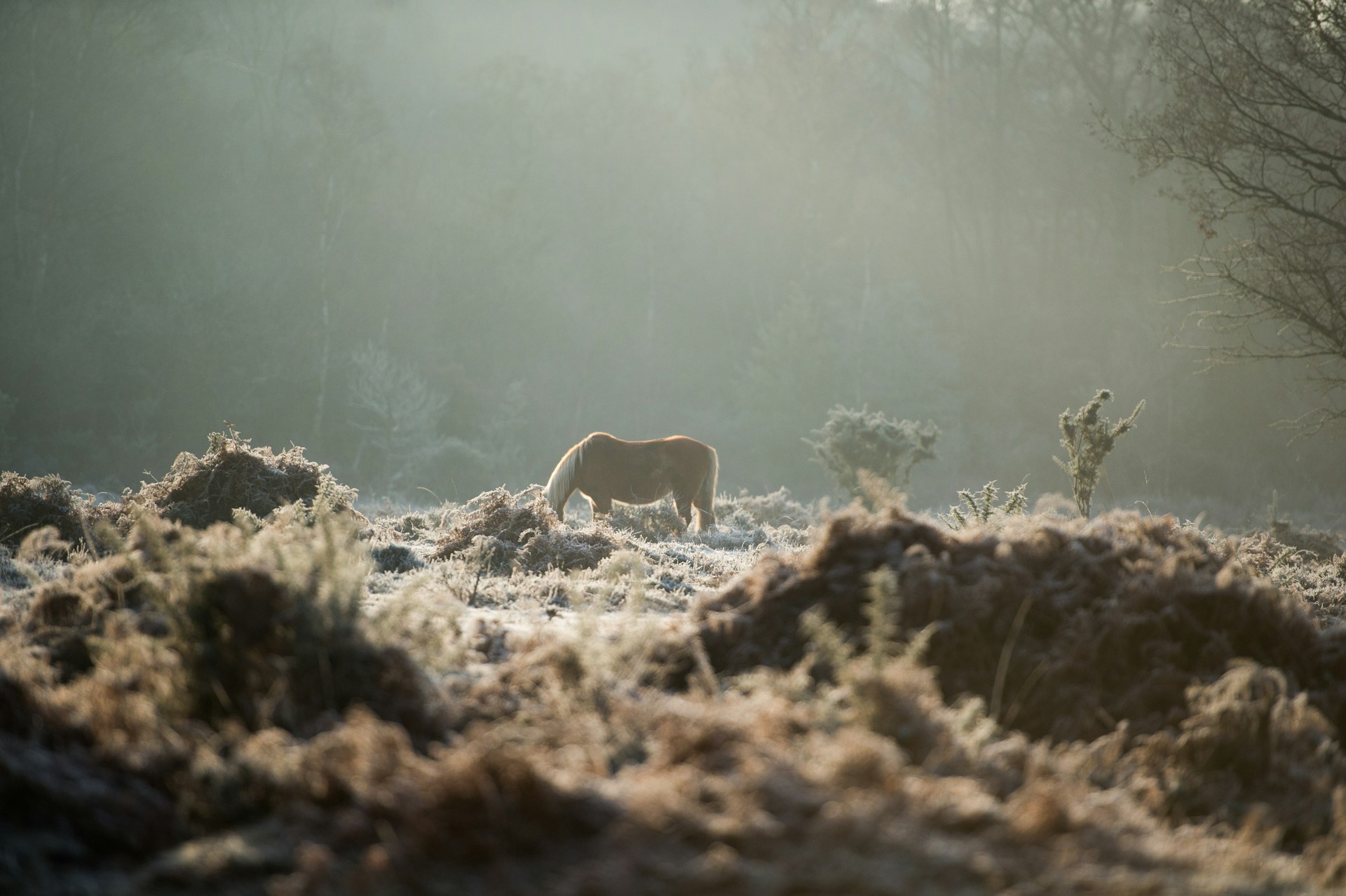
The unicorn: to most countries of the world, it’s a mythical creature. To Scotland, it’s the official national animal.
Sadly, its presence has nothing to do with the actual presence of unicorns in Scotland. Rather, it was chosen for the Scotland royal coat of arms in the 1500s. Unicorns symbolize innocence, power, and purity in Celtic mythology and Scottish mythology was inclined to agree.
You may not be able to spot a unicorn in Scotland — aside from the many decorative ones around the cities — but you can celebrate Scotland’s national animal in April on National Unicorn Day.
Read next: 12 little known facts about Scotland’s national poet, Robert Burns
The Kelpies
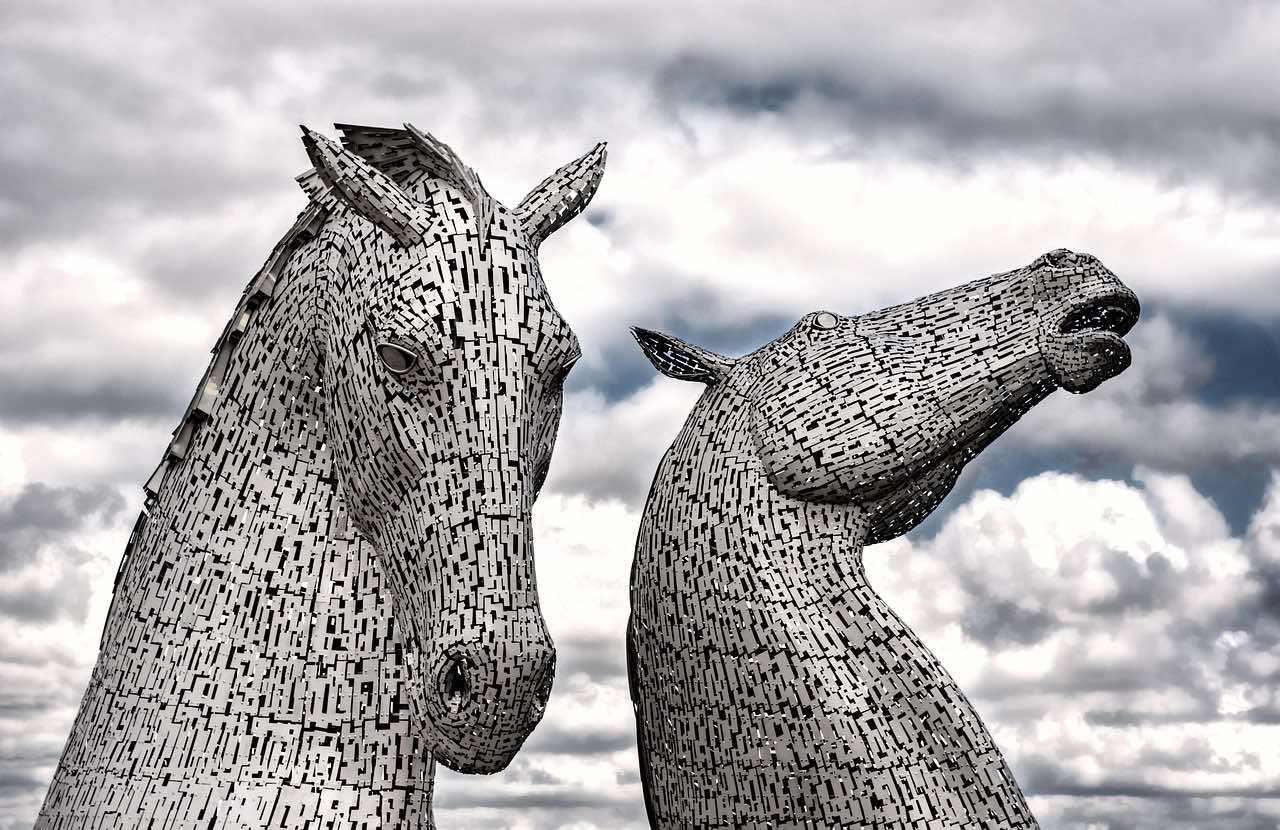
Unicorns may be the national animal of Scotland, but they’re far from the only horse-like creature in Scottish mythology. To find one of these Scottish folklore creatures, you’ll have to look to the rivers and streams.
Kelpies are shape-shifting spirits that haunt bodies of water. They’re usually observed resembling a horse, though legend also says it may appear as a human-like figure. Unicorns are innocent and pure, but kelpies aren’t cut from the same cloth. These beasts lure the young to their deaths.
The good news is that all you need to do is grab their bridle and you’ll control these beasts.
Dig deeper into the history of Scotland during the Elegance of Great Britain tour with Insight Vacations.
The Selkies
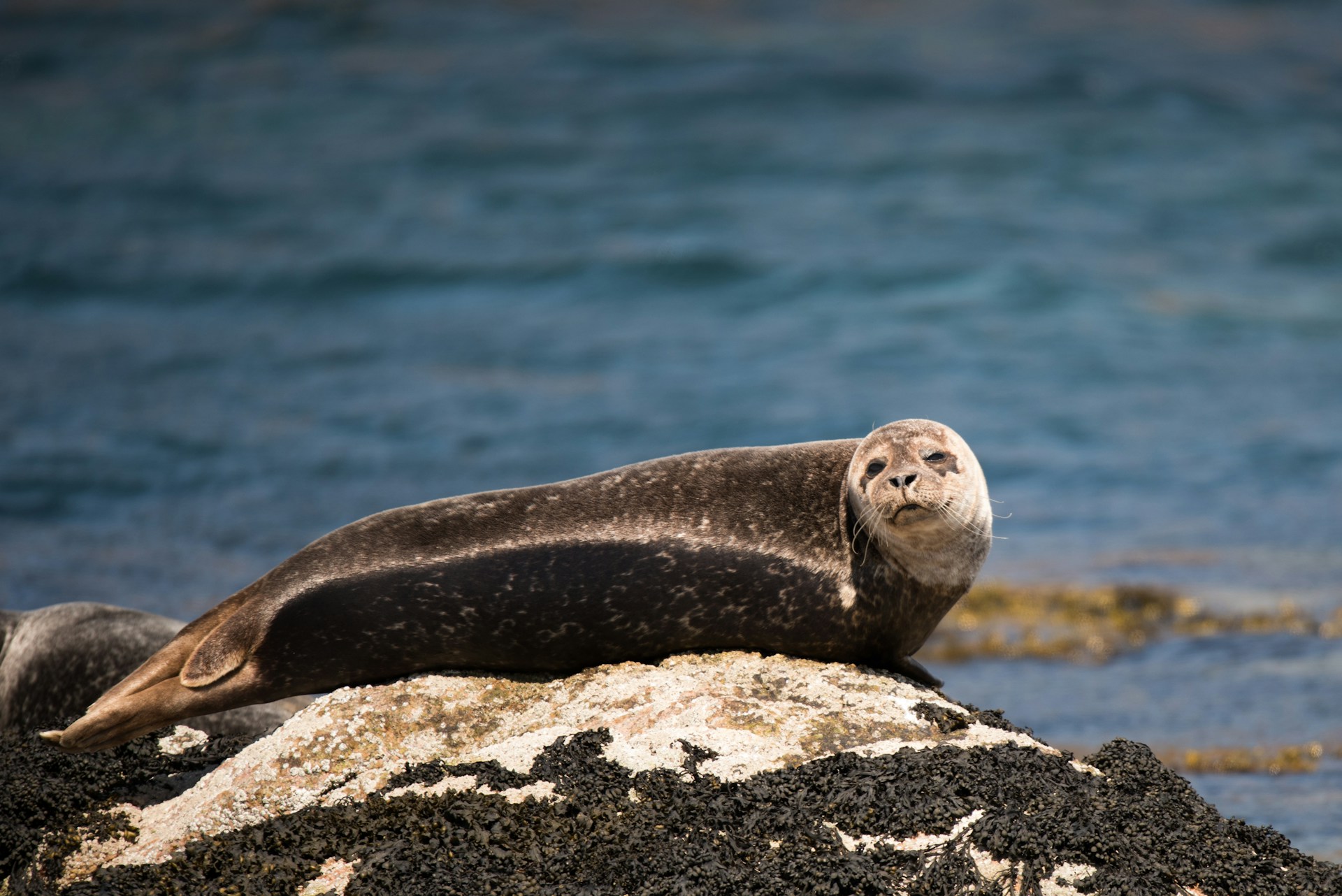
So unicorns are one-horned horses and kelpies are shape-shifting creatures that look like horses. To throw a bit of confusion into the mix, there are also things called selkies in Scottish mythology and they shape-shift into humans (and seals, as well) just like kelpies.
Selkies are also found near the waterways, specifically up in the Outer Hebrides and Shetland. Like kelpies, they can shift into attractive human-like figures, though the good news is that selkies aren’t trying to dunk your head underwater. They’re some of the kindest, calmest Scottish folklore creatures you may or may not encounter.
The Creation of Loch Ness
Before we get to the monster, let’s go a bit deeper into one of the most iconic bits of Scottish mythology.
According to the legend, Loch Ness and most of Scotland’s landscape was created by the mother of all gods and goddesses in Scottish mythology: Dark Beira. She had an assistant named Nessa, but one day Nessa abandoned her duties, and Dark Beira took this act as betrayal. Dark Beira turned Nessa into the River Ness to force her to forever run in the waters. Somehow Nessa was able to escape the river and form herself into what’s now Loch Ness.
Save for later: 4 ways you’ll taste the very best of Scotland with Insight Vacations
The Loch Ness Monster
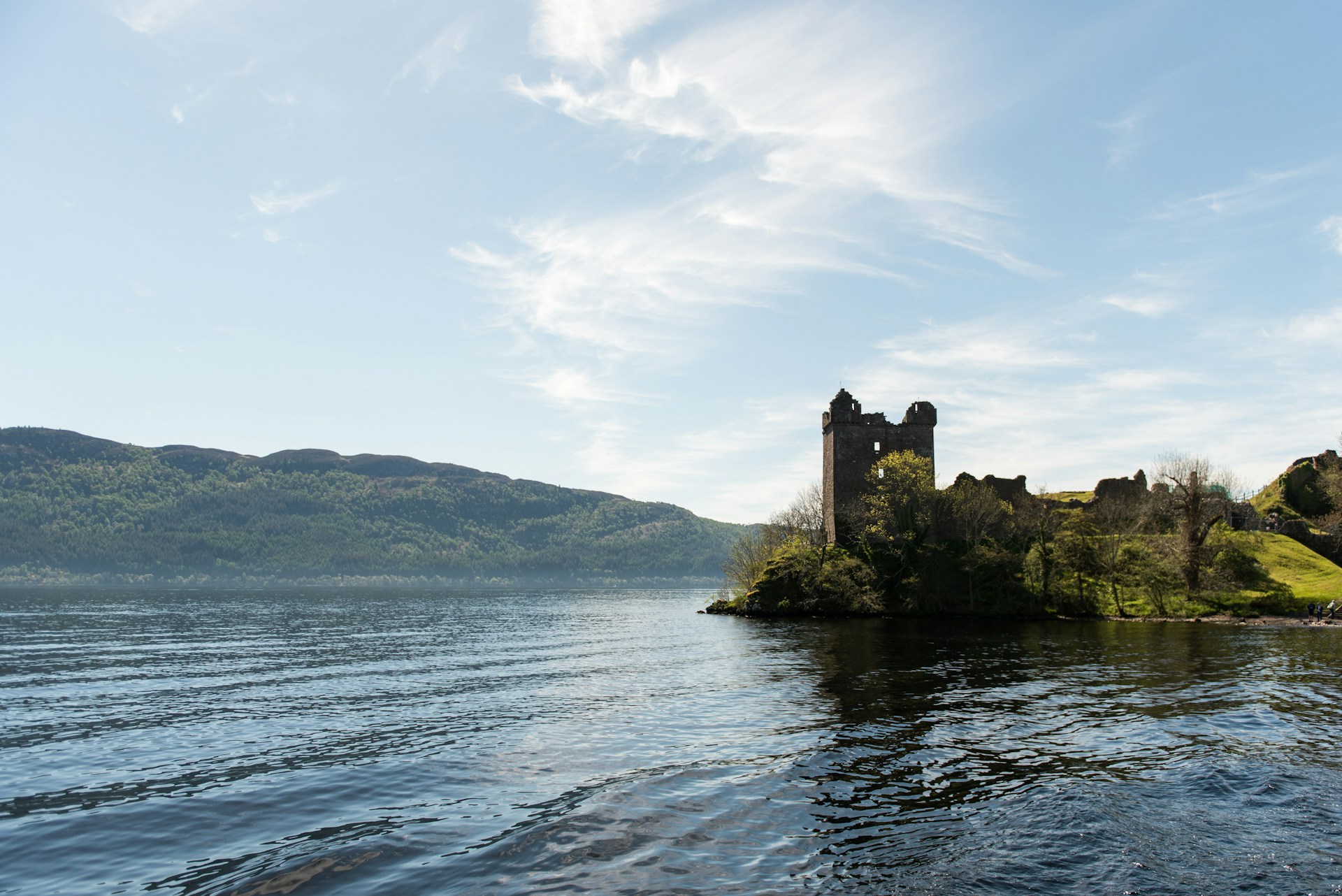
There are dozens of Scottish folklore creatures: the Mermaid of Kessock, the Fiddlers of Tomnahurich, the Blue Men of Minch, the Will-o’-the-wisp. But the star of Scottish mythology is Nessie.
The Loch Ness Monster is one of the most famous mythical creatures around the planet. It’s a serpentine dwelling creature but you already knew that — who among us hasn’t seen an alleged photo of Nessie?
Does the Loch Ness Monster exist? Who’s to say? No scientists, explorers, or historians have unearthed any verifiable evidence that proves Nessie is real. Then again, reports of a monster looming in the loch go back all the way to the first century; those who saw the creature even carved their sightings into stone.
Join Insight Vacations for one of our many wonderful tours through the UK and Ireland that showcase Scotland’s best cities in all of their glory

